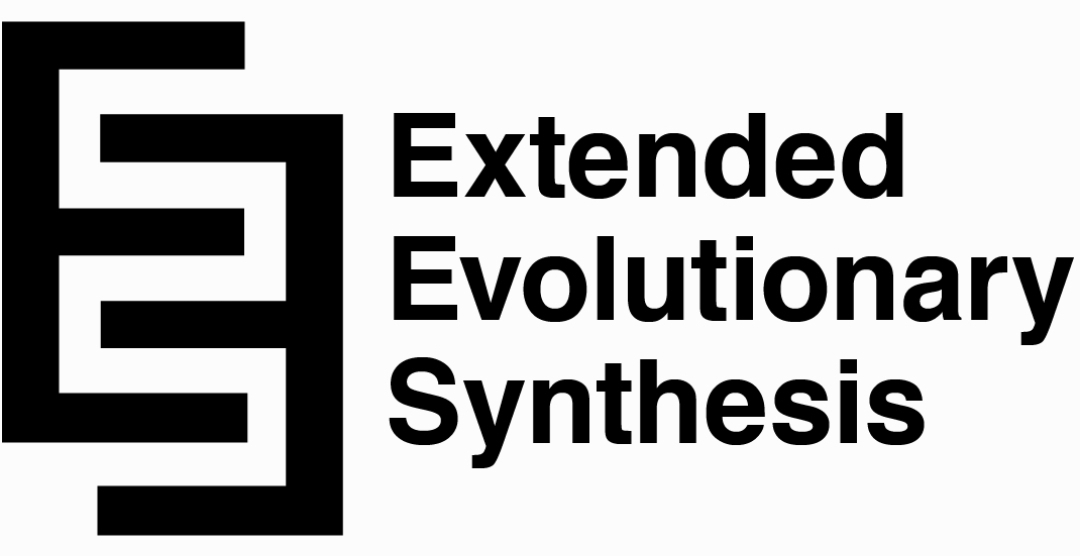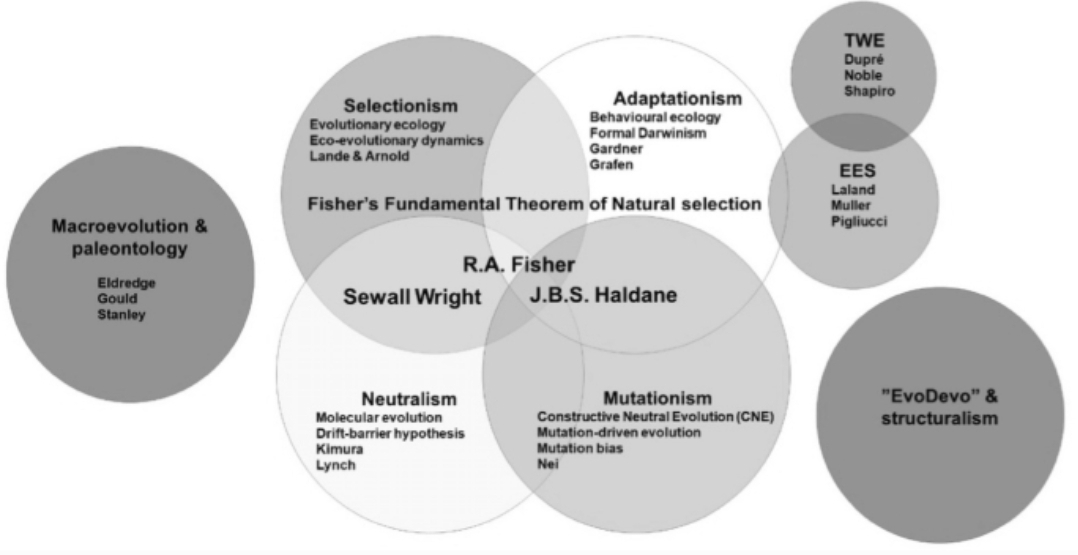The Extended Evolutionary Synthesis and the Development of Eyes: A New Perspective
The evolution of complex organs like the eye has long been a subject of fascination and debate. While neo-Darwinism, the prevailing evolutionary theory for much of the 20th century, provides a framework for understanding this process, the Extended Evolutionary Synthesis (EES) offers a more nuanced and comprehensive perspective. This essay will explore how the EES enriches our understanding of eye development by incorporating factors beyond the gene-centric focus of neo-Darwinism.
Neo-Darwinism and the Evolution of the Eye
Neo-Darwinism posits that evolution occurs primarily through the gradual accumulation of random genetic mutations that are then filtered by natural selection. In the context of eye development, this means that small, incremental changes in genes over millions of years led to the complex structures we see today. This view is supported by the existence of a wide range of light-sensitive organs in different organisms, from simple photoreceptor cells to the sophisticated camera-like eyes of vertebrates.
However, neo-Darwinism struggles to fully explain the remarkable complexity and diversity of eyes. Some key challenges include:
The origin of novelty: How do entirely new structures, such as the lens or the iris, arise through random mutations?
The speed of evolution: Can the gradual accumulation of small changes account for the relatively rapid evolution of eyes in some lineages?
The role of development: How do genes interact with the environment and developmental processes to shape the final structure of the eye?
The Extended Evolutionary Synthesis: A Broader View
The EES addresses these challenges by expanding the scope of evolutionary theory beyond the gene-centric focus of neo-Darwinism. It incorporates additional factors, such as:
Developmental plasticity: The ability of organisms to modify their development in response to environmental cues.
Niche construction: The active role organisms play in shaping their own environment, which can then influence their evolution.
Epigenetics: Inheritable changes in gene expression that do not involve alterations to the underlying DNA sequence.
These factors provide a more holistic understanding of how complex organs like the eye evolve.
EES and Eye Development: Key Insights
Facilitated Variation: The EES suggests that developmental processes can bias the production of phenotypic variation, making it more likely that beneficial mutations will arise. For example, the basic structure of the eye is established early in development, and subsequent genetic changes can modify this existing framework. This "facilitated variation" can accelerate the evolution of novel features.
Constructive Development: The EES emphasizes the active role of organisms in their own development. For instance, the lens of the eye develops through interactions between the optic vesicle and the overlying ectoderm. This process is influenced by signaling molecules and physical forces, highlighting the importance of developmental interactions in shaping the final structure of the eye.
Environmental Influences: The EES recognizes the significant role of the environment in shaping evolutionary trajectories. For example, the development of eyes in cave-dwelling fish is often stunted due to the absence of light. This demonstrates how environmental factors can interact with genetic and developmental processes to influence the evolution of eyes.
Epigenetic Inheritance: The EES acknowledges the possibility of non-genetic inheritance, such as epigenetic modifications. These modifications can alter gene expression patterns and potentially influence the development of eyes across generations.
Conclusion
The Extended Evolutionary Synthesis provides a more comprehensive and nuanced understanding of eye development compared to neo-Darwinism. By incorporating factors such as developmental plasticity, niche construction, and epigenetics, the EES offers a richer picture of how complex organs evolve. This broader perspective helps address some of the limitations of neo-Darwinism and provides a more complete explanation for the remarkable diversity and complexity of eyes in the natural world.
In summary, the EES enriches our understanding of eye development by:
Emphasizing the role of developmental processes in shaping evolutionary trajectories.
Recognizing the active role of organisms in their own development and evolution.
Highlighting the importance of environmental factors in shaping the evolution of eyes.
Acknowledging the potential role of non-genetic inheritance in eye development.
By moving beyond the gene-centric focus of neo-Darwinism, the EES offers a more holistic and integrated perspective on the evolution of complex organs like the eye. This expanded framework provides a deeper appreciation for the intricate interplay of factors that contribute to the diversity of life on Earth.




Comments
Post a Comment